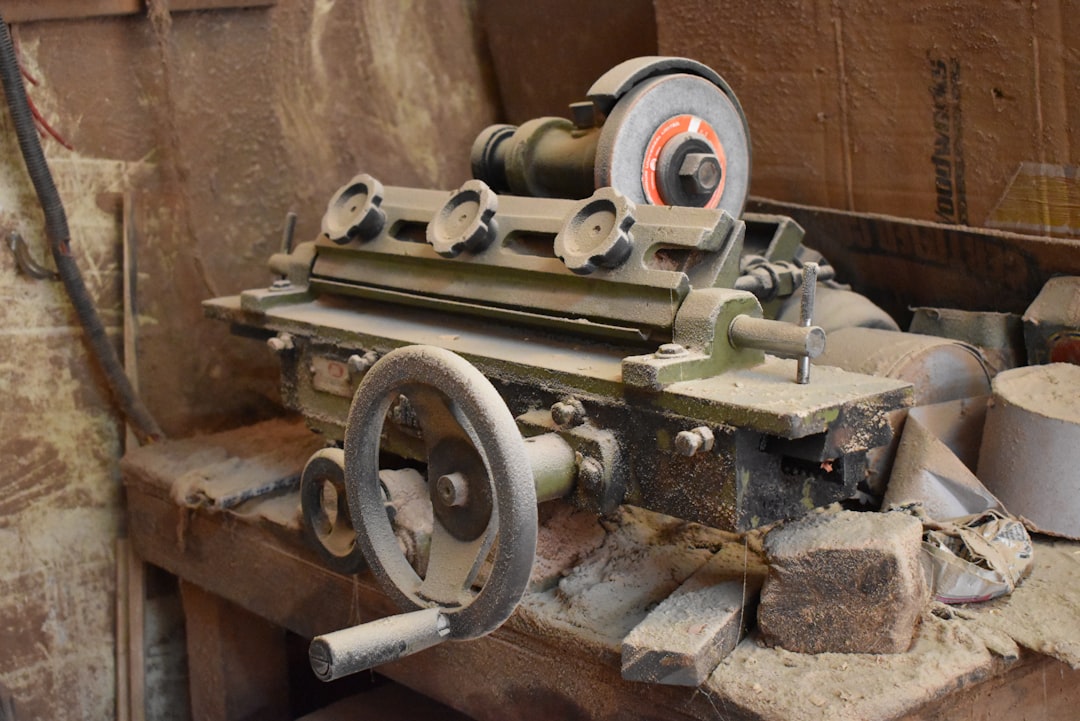What is it about?
Process begins by 3D printing a polyetherimide (PEI) based filament using a Fused Filament Fabrication (FFF) process whereby molten PEI is selectively extruded from a nozzle layer-by-layer to build a 3D geometry. The second stage of the process involves selectively metalizing the PEI surface using an electroless plating process initiated by the localized photoreduction of metallic nanoparticles. This is achieved by chemically modifying the polymer’s imide component. Upon exposure to UV light the silver ions are reduced through photolysis to synthesise metallic nanoparticles. The remaining silver nanoparticles act as a seed site for an electroless copper deposition. The final part of the process involves the incorporation of additional functionality using computer-controlled dispensing and robotic pick-and-place assembly (Fig. 1d). Further incorporation of actuation is achieved by embedding shape memory alloy wire within the printed part.
Featured Image

Photo by Fleur on Unsplash
Why is it important?
High-resolution conformal and flexible electronic circuitry on 3D printed substrate. Electrical, mechanical and thermal performance suitable for real-world applications. First example of surface mount packaging using solder reflow with 3D printed parts. Overcomes the restrictions of directly depositing conductive pastes and inks. Wide range of practical electronic applications demonstrated.
Perspectives
This paper has presented a new technique for the production of rigid and flexible 3D electronic circuitry that exhibit excellent thermal, mechanical, and electromagnetic characteristics. The digitally driven nature of this process enables new designs freedoms through the precise spatial control of high performance conductive and dielectric materials. This work demonstrates how closer integration of mechanical and electronic systems can be achieved through embedded actuation, sensing, power transfer, data processing and communications. The ability to solder surface mount components offers a route to achieving the reliability of modern electronic systems whilst enabling the transition to complex 3D printed architectures. Incorporation of movement within these functional structures allows designers to consider how to build active origami, auxetic and bioinspired designs. The chemical modification and light-based patterning approach overcomes many of the limitations of direct printing methods particularly in relation to conductivity, resolution and adhesion of the conductor layers. Furthermore, these results can be achieved using a combination of low-cost, commercially available filaments, printers, and optical patterning equipment with minor modifications. The overall resolution and performance of this new manufacturing approach opens up routes to produce mass-customised medical devices, personalized wearable technology and bespoke robotic systems.
Robert Kay
University of Leeds
Read the Original
This page is a summary of: Light based synthesis of metallic nanoparticles on surface-modified 3D printed substrates for high performance electronic systems, Additive Manufacturing, August 2020, Elsevier,
DOI: 10.1016/j.addma.2020.101367.
You can read the full text:
Resources
Overview of process and paper outputs - Digital fabrication of high performance three-dimensional electronic systems
Light based synthesis of metallic nanoparticles on surface-modified 3D printed substrates for high performance electronic systems
Butterfly
To showcase the freeform nature of this process a 3D butterfly shape is fabricated with a wingspan of 59 mm containing flexible and conformal circuitry
Contributors
The following have contributed to this page










